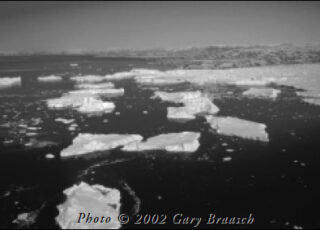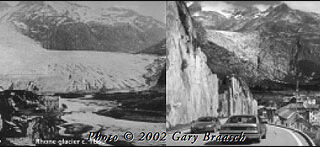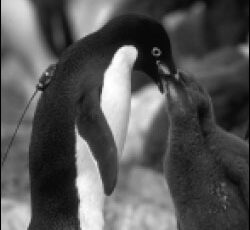ISSUE
Winter 2002

Reporting on the INS
Journalists who devote considerable time to coverage of immigration and investigation of the Immigration and Naturalization Service (INS) write about why they report on a topic that rarely makes Page One. They also share experiences in how they’ve reported these stories, especially in the wake of the terrorist attacks. Arguably, this is one of the more difficult beats given the secrecy with which the INS guards much of what it does—a secrecy that some news organizations are now challenging on constitutional grounds. – Melissa Ludtke, Editor


